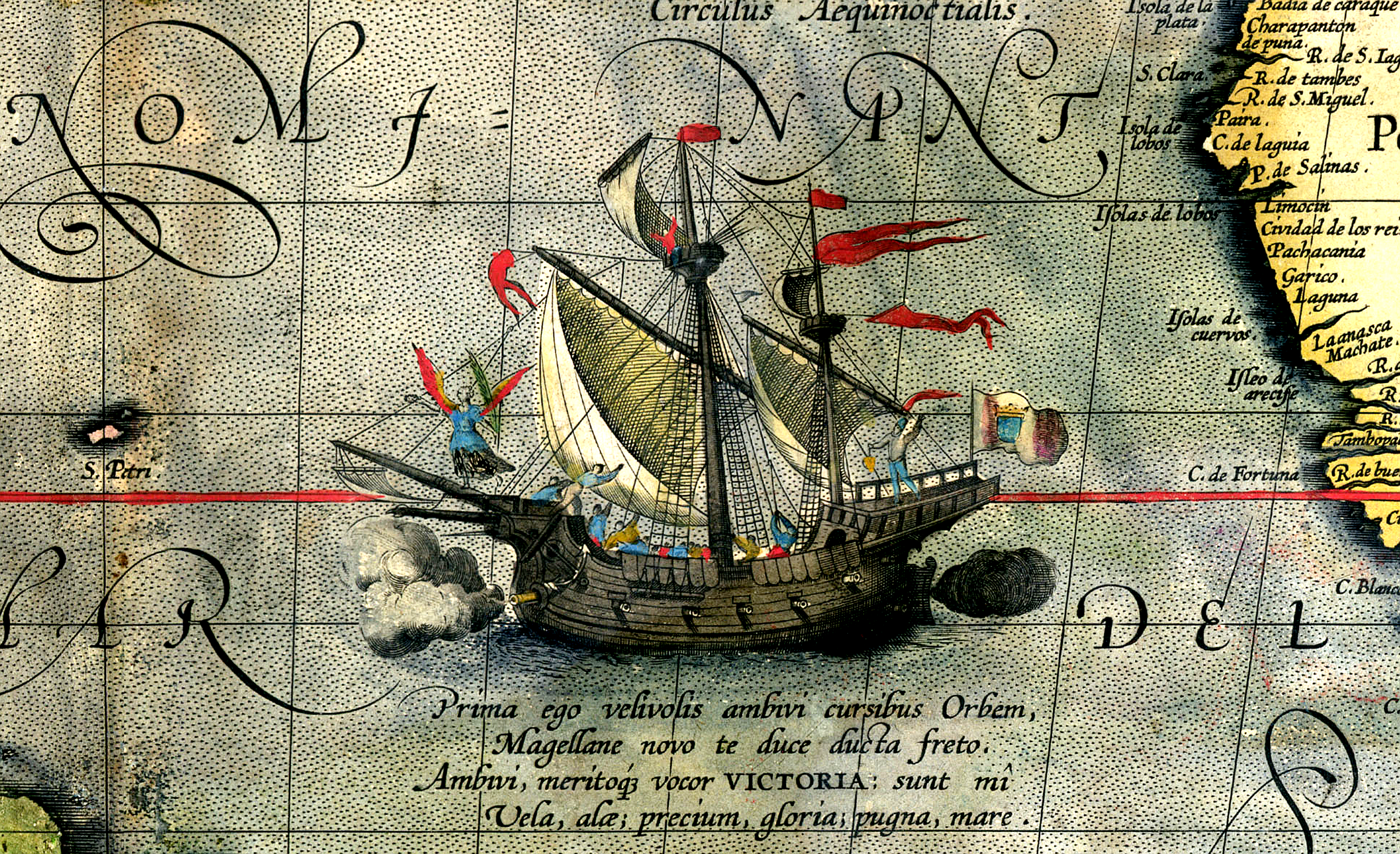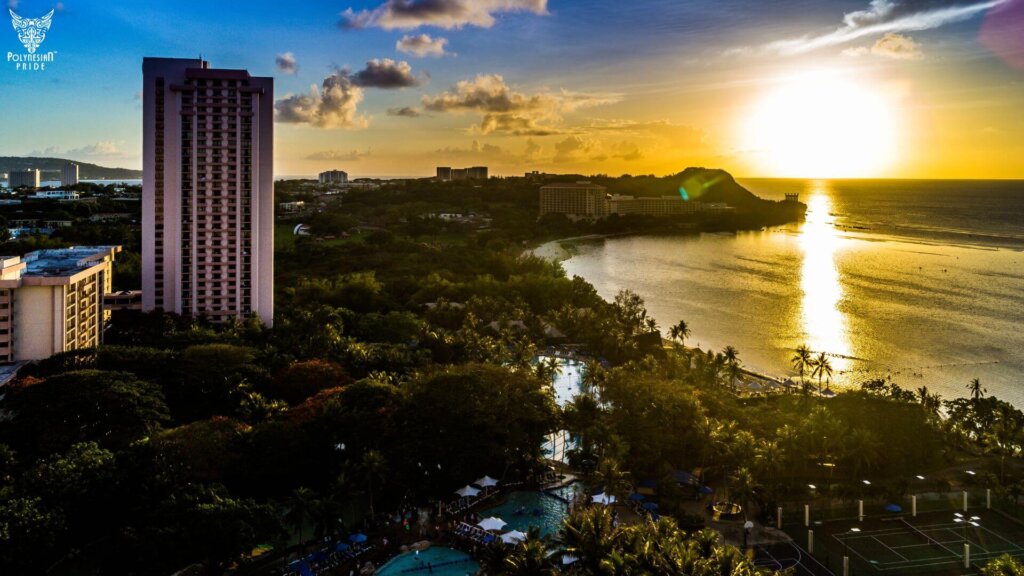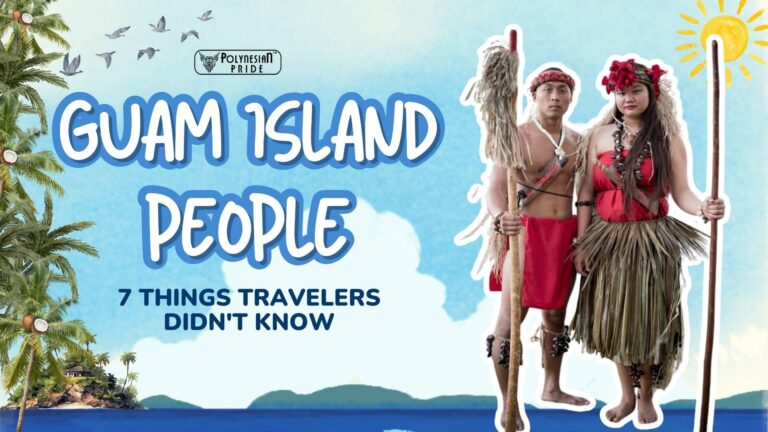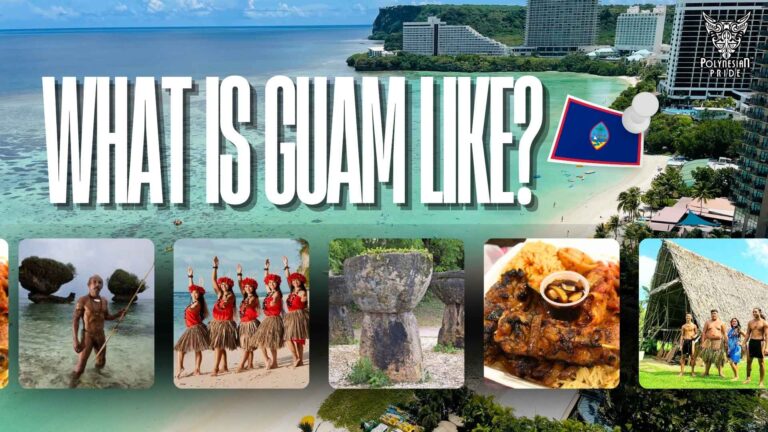Discover 10 Fascinating Guam Facts – Island Wonders Await!

INTRODUCTION
Guam, a small island nestled in the vast expanse of the Pacific Ocean, holds a rich history, vibrant culture, and captivating natural beauty. Beyond its idyllic beaches and turquoise waters, Guam boasts a fascinating tapestry of facts that paint a vivid picture of its unique identity.
This article delves into ten captivating facts about Guam, revealing the hidden treasures that await every visitor. From its status as a tax-free shopping haven to its role as the place where America’s Day begins, Guam offers a wealth of surprises that will enthrall and inspire travelers worldwide.
Guam Facts 10: A Shopper’s Paradise
Explore Guam’s Tax-Free Shopping
Guam is a dream destination for shoppers due to its tax-free shopping policy. Visitors can enjoy a wide range of products—from luxury brands to unique local crafts—without the extra sales tax cost. This benefit makes Guam a popular spot for tourists, especially those from nearby countries like Japan and South Korea.
Top Shopping Spots
Micronesia Mall: One of the largest malls on the island, it offers everything from high-end fashion to electronics in one convenient location.
Guam Premier Outlets: This open-air mall features outlet stores with discounted clothing, accessories, and home goods.
For a more local touch, visit small markets and artisan shops for handmade crafts and traditional Chamorro souvenirs.
Tips for a Great Shopping Experience
- Visit During Weekdays: Avoid the crowds by shopping on weekdays.
- Look for Deals: Check out store promotions and sign up for newsletters to get the best offers.
- Explore Beyond Malls: Take advantage of smaller shops and markets for unique finds and local flavor.

Guam Facts 09: Called The Land Of Chamorro
Chamorro Identity and Culture
Guam’s culture is celebrated as “The Land of Chamorro”, honoring its indigenous people and vibrant traditions.. The Chamorros have lived in Guam for thousands of years, shaping the island’s traditions and way of life. They value community, family, and nature, with skills like fishing and weaving passed down through generations. The Chamorro language, spoken alongside English, is central to their cultural identity.
Festivals and fiestas celebrate Chamorro culture, featuring traditional music, dance, and food. This nickname highlights the island’s deep roots and the enduring legacy of its people.
Historical Background
The Chamorros arrived in Guam around 2000 BC, creating a sophisticated society with advanced navigation skills. Despite the hardships of colonization, the Chamorro people preserved their culture and continue to celebrate their heritage today.
Modern Celebrations
Today, Chamorro culture is celebrated through local cuisines, traditional clothing, and handmade crafts like weaving and pottery. Cultural festivals like the Guam Heritage Festival promote the preservation of Chamorro traditions. The nickname “Land of Chamorro” reflects the island’s pride in its heritage and commitment to cultural preservation.

Guam Facts 08: Guamanians Chewing Betel Nut
Tradition and Culture
Betel nut chewing, a tradition in Guam, involves chewing betel nuts with lime and pepper leaves. It fosters social connections and community bonds. Despite its cultural significance, the practice faces health concerns, including links to oral cancer.
Health Implications
Betel nut chewing poses health risks, such as increased chances of oral cancer and gum disease. The World Health Organization classifies it as a carcinogen. Public health campaigns aim to educate the community while respecting cultural practices.
Cultural Significance
Betel nuts are essential to Chamorro culture, symbolizing social ties and heritage. The culture also features art and literature, reflecting the complexities of tradition and modernity.

Guam Facts 07: Magellan Was The First European To Arrive In Guam
Historical Impact
In 1521, Ferdinand Magellan became the first European to land in Guam. His arrival marked the beginning of Western influence on the island. Despite tensions and misunderstandings with the Chamorro people, Magellan’s voyage led to Spanish colonization and significant cultural changes.
Legacy
Magellan’s brief visit opened Guam to European exploration and colonization. Spanish influence is evident in the island’s language, religion, and cultural practices. The site of Magellan’s landing is now a historic landmark, commemorating this pivotal moment.

Guam Facts 06: The Japanese Captured Guam In 1941

World War II Significance
Japan captured Guam in December 1941, marking a crucial chapter in World War II. The island’s strategic location made it a key target. The Japanese occupation lasted nearly three years, during which the Chamorros endured harsh conditions.
Guam Facts 06: The Japanese Captured Guam In 1941
Life During Occupation
Under Japanese rule, Chamorros faced restrictions, food shortages, and forced labor. Despite efforts to suppress their culture, the Chamorro people preserved their traditions. The island was liberated by American forces in July 1944, leading to significant post-war changes.
Guam Facts 05: Guam Remains A Strategic Stronghold In The Pacific
Geopolitical Role
Guam’s location makes it a strategic asset in the Pacific. The island hosts essential U.S. military bases critical to regional security. The military presence supports the local economy but creates challenges like economic dependence and environmental concerns.
Future Challenges
Guam faces military expansion, climate change, and economic sustainability issues. Balancing military needs with local interests is essential for the island’s future. As geopolitical dynamics evolve, Guam will continue to play a crucial role in Pacific security and regional stability.

Guam Facts 04: English Is Spoken Almost Everywhere
Guam’s Linguistic Landscape
English is the official language of Guam, mainly due to its status as a U.S. territory. This widespread use of English influences the island’s education, business, and government, making it a common language for communication between locals and visitors.
While Chamorro, the native language, remains spoken among many residents, especially older generations, English is increasingly dominant among younger people. This shift reflects global trends where English proficiency is linked to economic opportunities and access to information. Efforts are ongoing to preserve Chamorro, highlighting the island’s cultural diversity and the blend of indigenous and colonial influences.
Tourism and English Accessibility
The prevalence of English significantly boosts Guam’s appeal as a tourist destination. English signage, menus, and information are widely available, easing visitors’ navigation. Tourism businesses prioritize English-speaking staff to enhance customer service, contributing to Guam’s reputation as a welcoming destination. English proficiency also helps attract visitors from English-speaking countries and supports the island’s tourism marketing efforts.

Guam Facts 03: The Origin of Its Name
Etymology of “Guam”
The name “Guam” originates from the Chamorro word “Guåhån”, meaning “we have”. This name reflects the Chamorro people’s deep connection to their land. While the name has evolved due to various cultural influences, its Chamorro essence remains, highlighting the island’s indigenous roots.
Historical Context
Ferdinand Magellan initially referred to Guam as “Islas de los Ladrones”, later changed to “Islas Marianas” by the Spanish in honor of Queen Mariana of Austria. Despite these external names, “Guåhån” persisted among Chamorros, symbolizing resistance and cultural identity. The reclamation of “Guam” reaffirms Chamorro heritage and challenges colonial narratives.
Significance Today
Today, the name “Guam” represents a location and a cultural identity deeply rooted in Chamorro history. Efforts to promote the name’s significance through education and artistic programs ensure that future generations understand their heritage. Globally, “Guam” is a unique identifier of the island’s rich cultural legacy and resilience.

Guam Facts 02: There Is No Sand On The Island Of Guam
Guam’s Coastal Geography
Contrary to popular belief, Guam needs more traditional sandy beaches. Instead, due to its volcanic and limestone composition, its coastline features rocky shores, coral reefs, and limestone cliffs. Limited sandy areas, such as those in Tumon Bay, are artificially enhanced for tourism.
Tourism and Recreation
The island’s unique geography offers a different coastal experience, with opportunities for snorkeling, diving, and exploring vibrant coral reefs. Scenic spots like Two Lovers Point and Ritidian Point highlight Guam’s dramatic cliffs and turquoise waters. Eco-tourism and sustainable practices are emphasized, encouraging visitors to appreciate and protect Guam’s natural beauty.
Embracing Guam’s Natural Charm
Although Guam doesn’t have traditional sandy beaches, its rugged coastline and rich marine life offer captivating beauty. Cultural events and festivals celebrate the island’s unique environment, enhancing visitors’ and residents’ connection to Guam’s natural and cultural heritage.

Guam Facts 01: Guam Is Where The American Day Begins
Time Zone Significance
Guam is unique as the first U.S. territory to experience a new day, operating in the Chamorro Standard Time Zone (UTC+14). This early time zone underscores Guam’s strategic importance and role within the American framework.
Celebrating New Beginnings
Being the first to welcome a new day reflects Guam’s cultural practices and traditions. Mornings are marked by local customs, including traditional activities and community events celebrating renewal and heritage.
Global Context
Guam’s position as the starting point of the American day highlights its global significance. The island’s location fosters cultural exchange and supports its role in international relations, serving as a bridge between the U.S. and the Asia-Pacific region.

CONCLUSION
Guam is a captivating island with a rich history, vibrant Chamorro heritage, and stunning natural beauty. It’s tax-free shopping, linguistic diversity, and cultural practices blend tradition and modernity. From Magellan’s arrival to unique traditions like betel nut chewing, Guam offers an exceptional experience for residents and visitors.
Amidst these aspects, a common question is, “Is Guam safe?” The island’s strategic location and welcoming community contribute to its safety, making it an attractive destination. Guam’s blend of cultural preservation and modern charm highlights the island’s resilience and ongoing commitment to sharing its stories and heritage with the world.
FAQs
How did Guam get its name?
The name “Guam” is derived from the Chamorro word “Guåhån,” which means “we have.” Despite various colonial influences, the original Chamorro name remains a symbol of cultural identity.
Does Guam have sandy beaches?
Unlike many tropical destinations, Guam does not feature traditional sandy beaches. Instead, its coastline is marked by rocky shorelines, coral reefs, and limestone cliffs. However, some areas like Tumon Bay have artificial sand for tourism purposes.
Why is Guam known as “Where the American Day Begins”?
Guam is located in the Chamorro Standard Time Zone (UTC+14), making it the first place in the U.S. to welcome a new day. This unique time zone highlights Guam’s role in the broader American context and its significance in global timekeeping.
What is Guam best known for?
With its warm climate, clear waters, top-notch hotels, tax-free shopping, and many activities, Guam is a popular tourist spot in Southeast Asia. It’s the perfect resort island.

I am Leilani Miller – I research focusing on Vanuatu – volcanic landscapes, blue holes, coral reefs & rainforests. I have over five years of experience researching and sharing insights on tourism and environmental activism. Explore and experience without limits through my latest article.
Contact information:
Email: [email protected]
Tel: +1 (808) 555-1528






